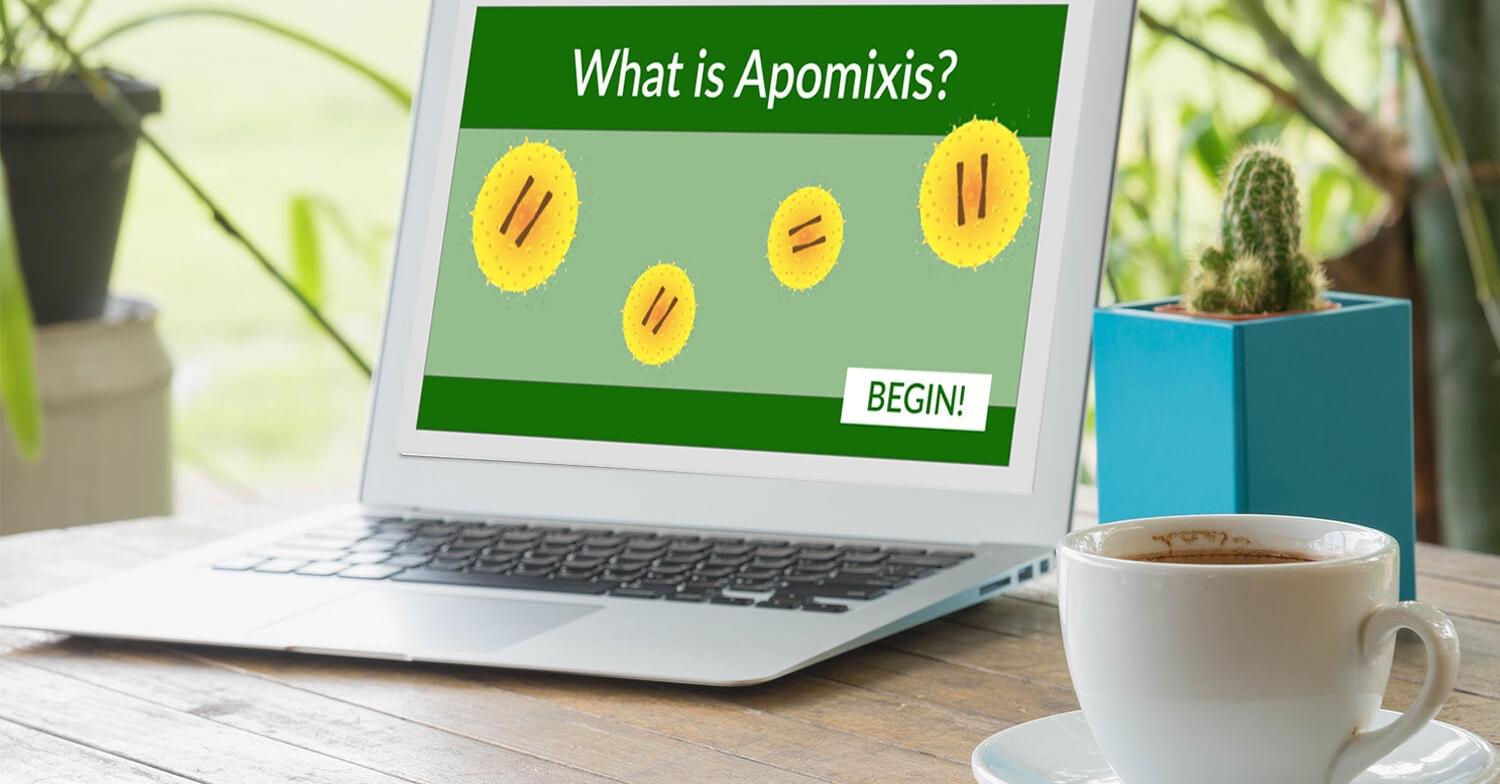Are you curious to know what is apomixis? You have come to the right place as I am going to tell you everything about apomixis in a very simple explanation. Without further discussion let’s begin to know what is apomixis?
In the intricate world of plant reproduction, apomixis emerges as a fascinating phenomenon, challenging traditional notions of seed formation. This article aims to demystify apomixis, exploring its definition, significance, examples, and the importance it holds in the realm of plant biology.
What Is Apomixis?
Apomixis, derived from the Greek words “apo” (away) and “mixis” (mixing), refers to the asexual reproduction in plants where seeds are formed without the involvement of fertilization. This process enables the creation of offspring that are genetically identical to the parent plant.
What Is Apomixis In Plants:
Apomixis in plants involves the production of seeds without the need for pollination or fertilization. Unlike sexual reproduction, where genetic material combines during fertilization, apomixis results in offspring with the same genetic makeup as the parent plant.
What Is Apomixis Class 12:
For students at the Class 12 level, understanding apomixis is a crucial aspect of plant biology. It involves delving into the complexities of asexual reproduction mechanisms, exploring how plants bypass the traditional route of sexual reproduction.
What Is Apomixis Biology:
In the realm of biology, apomixis is a captivating subject that delves into the intricacies of plant reproductive strategies. It explores the molecular and genetic mechanisms that enable certain plants to reproduce asexually through the formation of seeds.
What Is Apomixis Example:
An example of apomixis can be observed in certain grasses, where the development of seeds occurs without fertilization. The ovule gives rise to an embryo that is genetically identical to the parent plant, showcasing the remarkable nature of asexual reproduction.
What Is Apomixis And What Is Its Importance:
Apomixis is not just a curious biological phenomenon; its importance extends to several aspects of plant biology. By enabling the propagation of genetically identical offspring, apomixis has implications for agriculture, horticulture, and the conservation of plant species.
What Is Apomixis Importance:
- Genetic Stability: Apomixis ensures the preservation of desirable genetic traits as offspring are clones of the parent plant, maintaining genetic stability.
- Conservation Efforts: In endangered plant species, apomixis can be crucial for conservation, allowing for the propagation of plants with specific genetic characteristics.
- Agricultural Applications: Apomixis has potential applications in agriculture, offering a means to reproduce plants with desirable traits consistently.
What Is Apomixis And What Is Its Importance Class 12:
For Class 12 students, exploring the intricacies of apomixis is not only a scientific endeavor but also an opportunity to understand the practical implications of this phenomenon. Its importance in maintaining genetic diversity and stability becomes a key aspect of their botanical studies.
Types Of Apomixis:
- Gametophytic Apomixis: In this type, the embryo develops from an unfertilized egg cell within the ovule.
- Sporophytic Apomixis: The embryo develops from a somatic cell of the ovule, bypassing the need for meiosis.
Conclusion:
Apomixis, with its asexual reproductive prowess, stands as a captivating subject in the realm of plant biology. Its ability to defy conventional notions of seed formation and genetic diversity opens new avenues for research, conservation, and agricultural advancements.
As scientists continue to unravel the mysteries of apomixis, the importance of this phenomenon becomes increasingly apparent, offering insights into how nature has ingeniously devised alternative strategies for plant reproduction.
FAQ
What Is Apomixis For Class 12?
Apomixis is the process of asexual production of seeds, without fertilisation. The plants that grow from these seeds are identical to the mother plant. Uses. (i) It is a cost effective method for producing seeds. (ii) It has great use for plant breeding when specific traits of a plant have to be preserved.
What Is Apomixis In Simple Terms?
WHAT IS APOMIXIS? Apomixis in flowering plants is defined as the asexual formation of a seed from the maternal tissues of the ovule, avoiding the processes of meiosis and fertilization, leading to embryo development.
What Is Apomixis And Parthenogenesis?
Apomixis is a type of asexual reproduction where the embryo develops from the seeds without the process of fertilisation. Parthenogenesis is a type of apomixis where the egg cells help in the development of an embryo. It produces a genetically identical clone of the mother cell.
What Is Apomixis And Apospory?
Apomixis is a form of asexual reproduction that occurs via seeds, in which embryos develop without fertilization. Apospory is the development of 2n gametophytes, without meiosis and spores, from vegetative, or nonreproductive, cells of the sporophyte.
I Have Covered All The Following Queries And Topics In The Above Article
What Is Apomixis In Plants
What Is Apomixis Class 12
What Is Apomixis Biology
What Is Apomixis Example
What Is Apomixis And What Is Its Importance
What Is Apomixis Importance
What Is Apomixis And What Is Its Importance Class 12
Types Of Apomixis
What Is Apomixis
